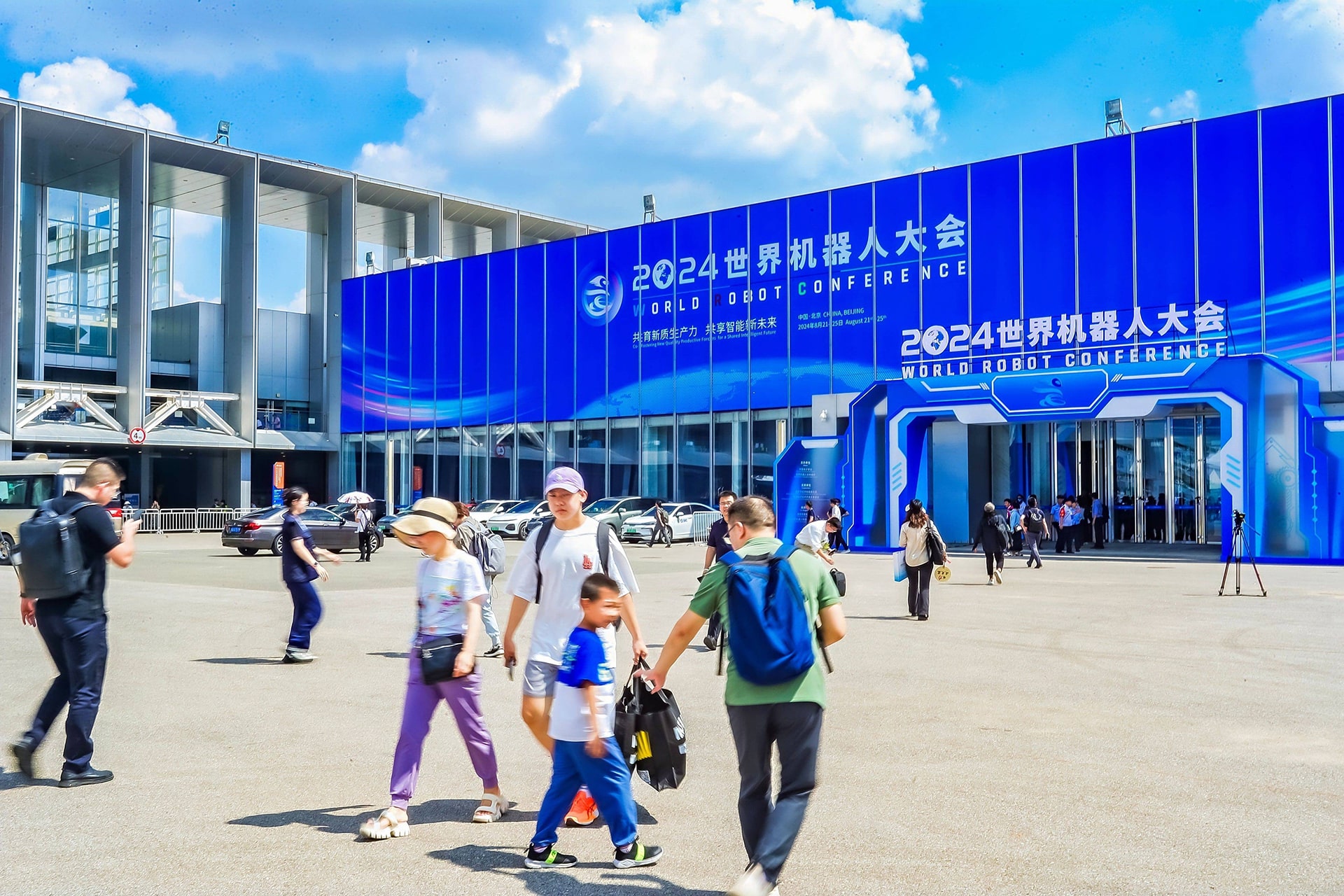Beijing’s Economic-Technological Development Area (E-Town) is fast becoming a significant center for robotics and artificial intelligence innovation, marked by the opening of Robot World, said to be the city’s first comprehensive robot exhibition center. This development is part of broader efforts to establish Beijing as a global leader in the robotics industry.
Nestled within the Beijing Robot Industry Park, Robot World officially opened during the World Robot Conference 2024. The exhibition center, designed to showcase the latest robotic technologies, features nine major application scenarios, including those for manufacturing, healthcare, and AI. Among the standouts are handling robots and arc welding robots revolutionizing automotive manufacturing, logistics robots streamlining warehouse operations, and surgical robots enhancing precision in medical procedures.
The creation of Robot World aligns with E-Town’s strategic vision to cultivate a unified ecosystem for the robotics industry. The area has attracted a diverse range of enterprises across the robotics supply chain—such as UBTech Robotics, Lingzu Times, and Tsino-Dynatron—fostering a collaborative environment ripe for innovation.
Supporting E-Town’s rise as a robotics hub is a robust infrastructure, including high-performance computing platforms and specialized incubation centers. The Beijing Artificial Intelligence Data Training Base, for example, provides essential resources for companies developing advanced AI models, reinforcing the district’s ambition to become a leading center for AI and robotics. Complementing these efforts are facilities like the National Robot Testing and Evaluation Center and the Beijing Embodied Intelligence Robot Innovation Center, both of which offer vital services in testing, certification, and R&D.
The 2024 World Robot Conference, hosted in E-Town, further underscored the district’s burgeoning role as a global nexus for robotics innovation. The event featured several key announcements from local companies, showcasing the practical applications of the technologies highlighted at Robot World.
A standout moment at the conference was the unveiling of the “Tiangong” humanoid robot, developed by the Beijing Embodied Intelligence Robot Innovation Center. This robot, which had previously made waves for achieving a stable running speed of 6 kilometers per hour, now boasts enhanced capabilities, including interactive object handling based on voice commands. This advancement is a testament to the cutting-edge work in predictive reinforcement learning and large model training taking place within E-Town.
Other significant announcements included the introduction of AI-powered surgical robots like Longwood Valley MedTech’s “ROPA,” which delivers sub-millimeter precision in orthopedic surgeries, and progress in soft robotics, a field traditionally fraught with challenges in industrial applications. These developments highlight E-Town’s ongoing commitment to advancing robotics technologies with broad sectoral applications.
E-Town’s growth strategy, encapsulated in its “Five Ones” framework—one park, one batch of platforms, one center, one fund, and one group of talents—aims to accelerate the district’s robotics industry by concentrating resources and driving innovation. Currently, over 100 robotics companies are operating within E-Town, contributing to roughly half of Beijing’s robotics output.
Looking forward, Beijing E-Town intends to continue expanding its robotics ecosystem, focusing on integrating emerging technologies, enhancing industry collaboration, and attracting top talent to sustain its competitive edge.

